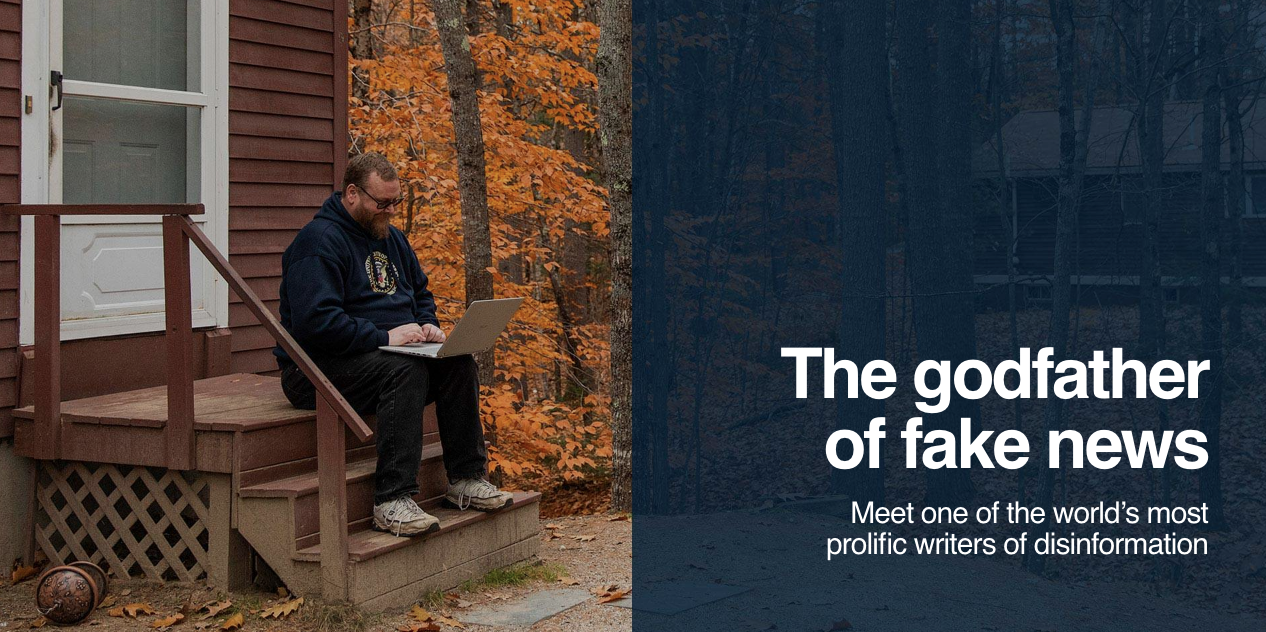As a marketing professional I often view life through the prism of marketing/PR/comms.
When big news stories break, or topics become hot, I sometimes wonder what I would do or recommend, if I was sitting around the table at the centre of the storm. Not every day. I’m not that boring, I hope.
However, it was this type of thinking that caught me last Thursday evening during a drive home after a meeting.
Trusting Audiences
For the last decade I have religiously listened to The Guardian’s flagship football podcast Football Weekly, every Monday and Thursday, almost without fail. During that time I’ve become accustomed to also listening to sponsorship or advertising messages, usually placed at the beginning of each episode.
As with much of the advertising we’re exposed to on a daily basis, I’ve become pretty proficient at drowning it out and ignoring it. The only ads/campaigns I can really remember are those by Beer52 and Gillette.
All of this lead to me being slightly shocked when the Football Weekly cast set aside approximately 25% of their Thursday show (15–20 minutes) to let their colleague, and German football expert, Archie Rhind-Tutt discuss his recent absence, and subsequent return, due to mental health issues.
Normally this type of issue is addressed at the beginning of an episode (of any podcast) and then everyone quickly moves on, either due to awkwardness or tight content schedules. Not here.
Instead, Archie was given the time and space to discuss each aspect of his journey as in-depth as he wanted. What’s more, he was (probably*) talking directly to the group (young men) most at-risk of death by suicide in the UK, Ireland, and further afield.
I can’t speak for all regular listeners, but I was a captive, trusting audience and the message hit home with more clarity and attention than 99% of the messages currently being pushed out there via mental health charities and public health campaigns.
Partnership
This leads me to think about the power of true partnerships.
I know podcast advertising is old-hat but that’s not what I’m suggesting here. This example really reveals the power of a real partnership that makes sense, is highly relevant to the target audience, and features someone already deeply embedded into the programme, and thus trusted and listened to by the audience.
I’m not suggesting this be used to sell products or shove brands down throats (because that’s not what this is and it wouldn’t work) but the relevance and utility to public health or wider government comms messages seems clear.
Well done to everyone at Team Football Weekly.
*Obviously I don’t have their listener-ship stats/demos…but football is very popular with young men so…






